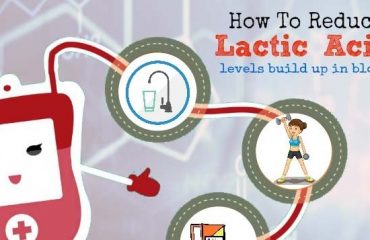Eating a healthy diet gives you more energy and helps you maintain or lose weight. It also reduces your risk for chronic diseases like heart disease and diabetes.
Focus on fruits, vegetables, whole grains, protein foods and fat-free or low-fat dairy. Limit salt and added sugars. Choose foods prepared at home rather than in restaurants to control saturated fat, sodium and kilojoules.
Eat a variety of fruits and vegetables
Eating a wide variety of fruits and vegetables ensures that you’re getting key nutrients, such as fibre, vitamins and minerals. They’re also often low in calories and help satisfy your appetite.
The healthiest choice is to eat mostly fresh fruit and vegetables, but you can include frozen, canned or dried options too. Just be aware that some fruits and vegetables are high in calories, so use them sparingly.
Keep healthy snacks convenient by keeping bags of cut-up apples or bananas in your fridge, and make sure to have a bowl of fruit on the table. Try blending vegetables into smoothies for an extra boost of nutrition.
Eat whole grains
Increasing your whole grain intake is an easy way to add more healthy ingredients into your diet. “It’s been shown to reduce your risk of heart disease, type 2 diabetes and obesity,” Magee says.
Whole grains are full of fiber, vitamins and minerals that promote good health. They can help reduce high blood cholesterol and lower your risk of atherosclerosis, and can also regulate blood pressure. Choose whole grains over refined foods and look for the words “whole grain” in the first ingredient list on food labels. Try adding barley, brown rice and quinoa to your meals and snacks. These grains are higher in nutrients than white bread or pasta, sneak a peek at this website.
Eat lean meats and poultry

Eating a variety of foods from all of the food groups helps provide nutrients to your body and reduce your risk for disease. It’s also important to choose lean meats and poultry.
When preparing these proteins, use methods that are low in fat (like baking or poaching). Remove skin from poultry to lower the fat content. Choose cuts of meat that are low in saturated fat, such as loin or sirloin. Vary these animal sources with fish and plant-based protein from legumes, soy products, nuts and seeds. Try going meatless at least once a week and relying on these protein-rich foods. Avoid processed meats, which are high in salt and saturated fat.
Eat healthy fats
The body needs dietary fat to build cell membranes, nerve tissue (including the brain), hormones and many other important functions. While too much dietary fat can lead to weight gain, healthy fats can also promote heart and brain health.</p
Avoid unhealthy fats by replacing saturated and trans fats with healthier monounsaturated and polyunsaturated fats. For example, use avocado instead of butter on sandwiches and make guacamole. Add skinless poultry, fish and low-fat dairy to your meals, and choose olive or canola oil to cook with. Nuts and nut butters are also good sources of healthy fats. Just be sure to keep portions small, especially unsalted nuts.
Eat low-fat dairy
Dairy products such as low-fat milk, cheese and yoghurt are good sources of calcium. They should be included in a healthy eating pattern to help reduce the risk of high blood pressure and type 2 diabetes.
It’s important to choose dairy foods that are lower in fat, particularly saturated fat, which can raise cholesterol and increase your risk of heart disease. Choose low-fat or skim milk, and limit the amount of added sugar. Added sugar is found in soft drinks, fruit juice concentrates and other products that have been sweetened with brown sugar, agave nectar or other syrups.
Plant-based dairy alternatives, such as soya milks and yoghurts, also count as part of the dairy group, but it’s best to choose unsweetened options.
Eat healthy snacks
Snacks should be healthy, providing energy and a good balance of protein, carbohydrates and fat. They should also be low in salt, sugar and saturated or trans fats.
Having healthy snacks on hand helps people resist reaching for junk food between meals. It also gives them more options to meet dietary needs for certain nutrients or food group servings.
Conclusion:
Choosing healthy snacks is easy if people choose those made with whole foods, limit added sugars and avoid foods high in salt, sugar or saturated fats. It is also a good idea to read the Nutrition Facts label to understand portion size and ingredients.









